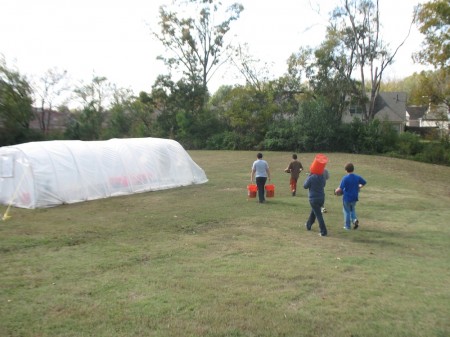Our librarian, Ms. Rodriguez, recommended The City of Ember, an excellent book that fits the theme from Cycle 1 of how cities work.

The novel, by Jeanne Duprau, is one of those post apocalyptic science fiction novels that have an isolated community trying to survive. In this case they’re in a city, sequestered in a large underground cavern. At twelve years of age, each citizen has to start working on some aspect of the city: messengers provide internal communication, the pipe workers manage the supply of water, and supply clerks regulate food distribution into the city from a massive supply depot designed to last a couple hundred years.
An interesting (and intended) consequence of the early age that adolescents start working is that the resulting lack of education severely stunts scientific progress and any other sort of progress in the city.
Duprau uses language that’s very accessible to middle schoolers, so this should be an easy read. However, it is well written; there are some wonderfully descriptive passages. The thought that went into the physical and social organization of the City of Ember make it excellent science fiction.
There is also a movie that is pretty faithful to the novel.
I only got the book at the end of the cycle so we did not use it this time, but it’s on the book list for the next time.



